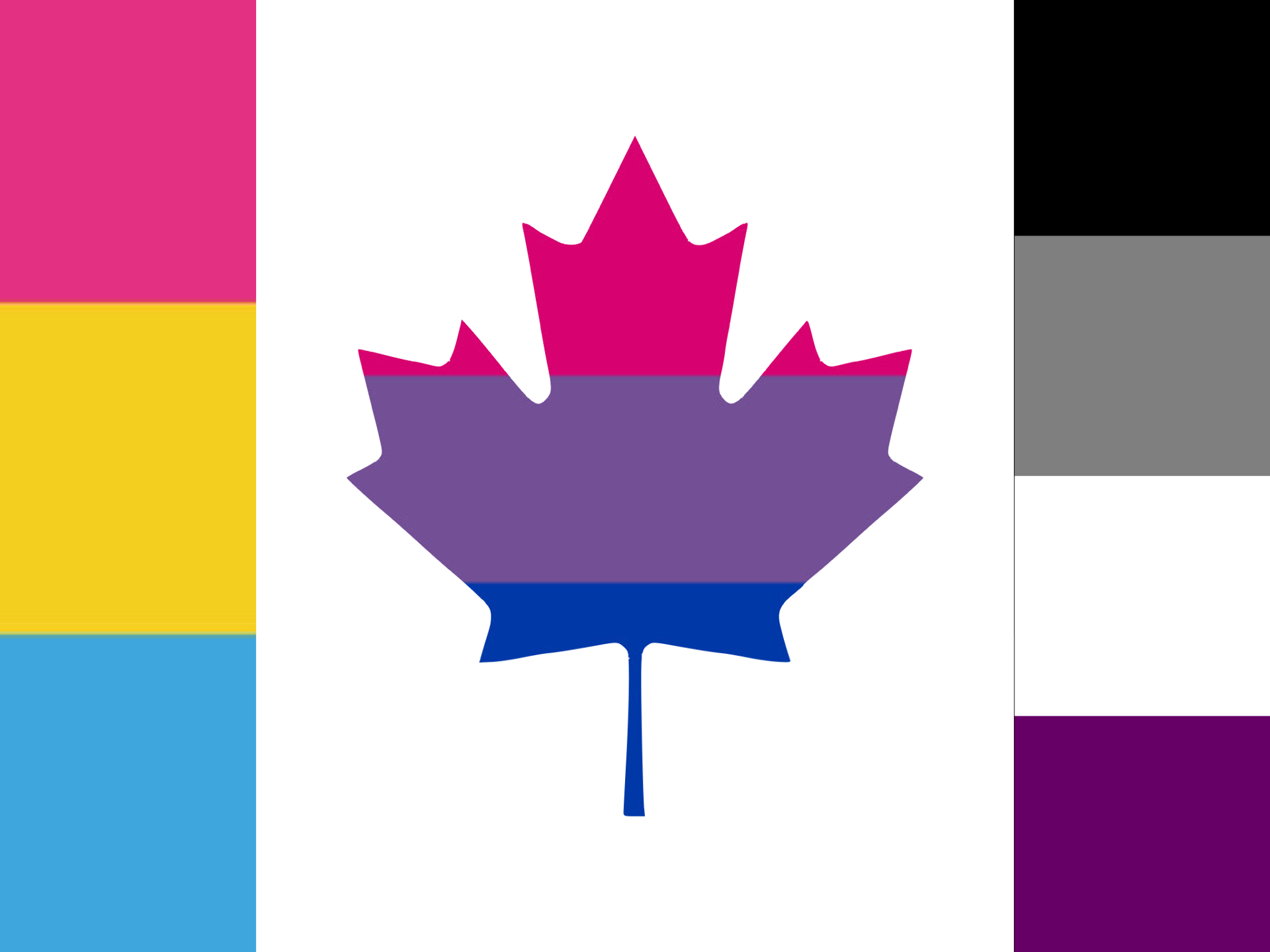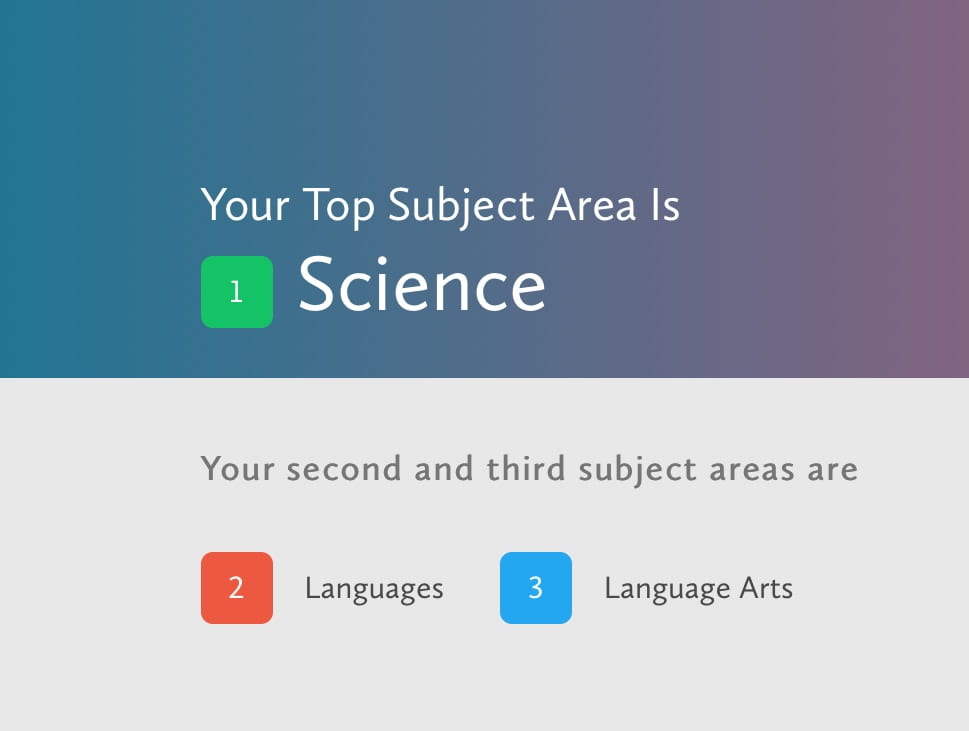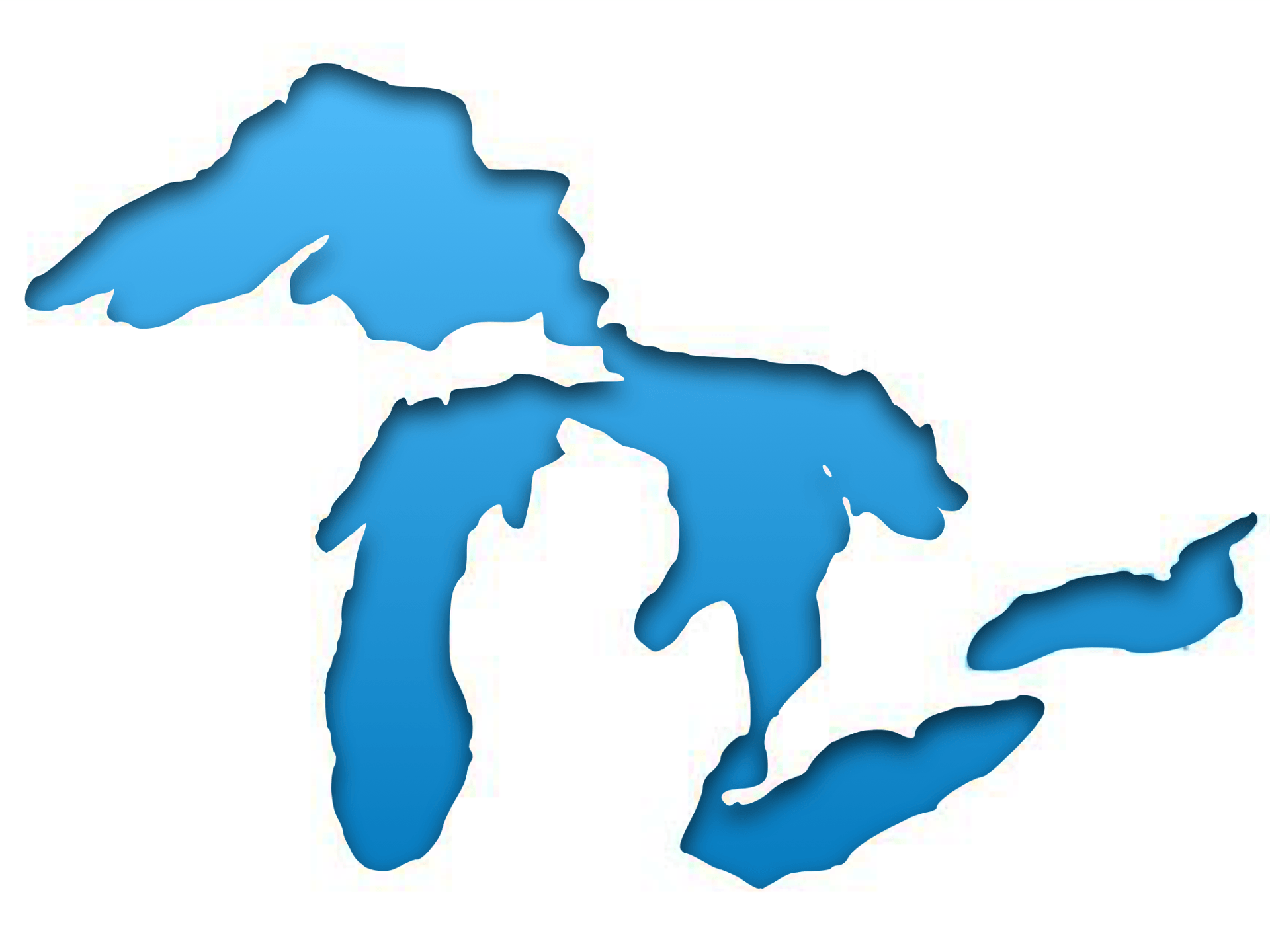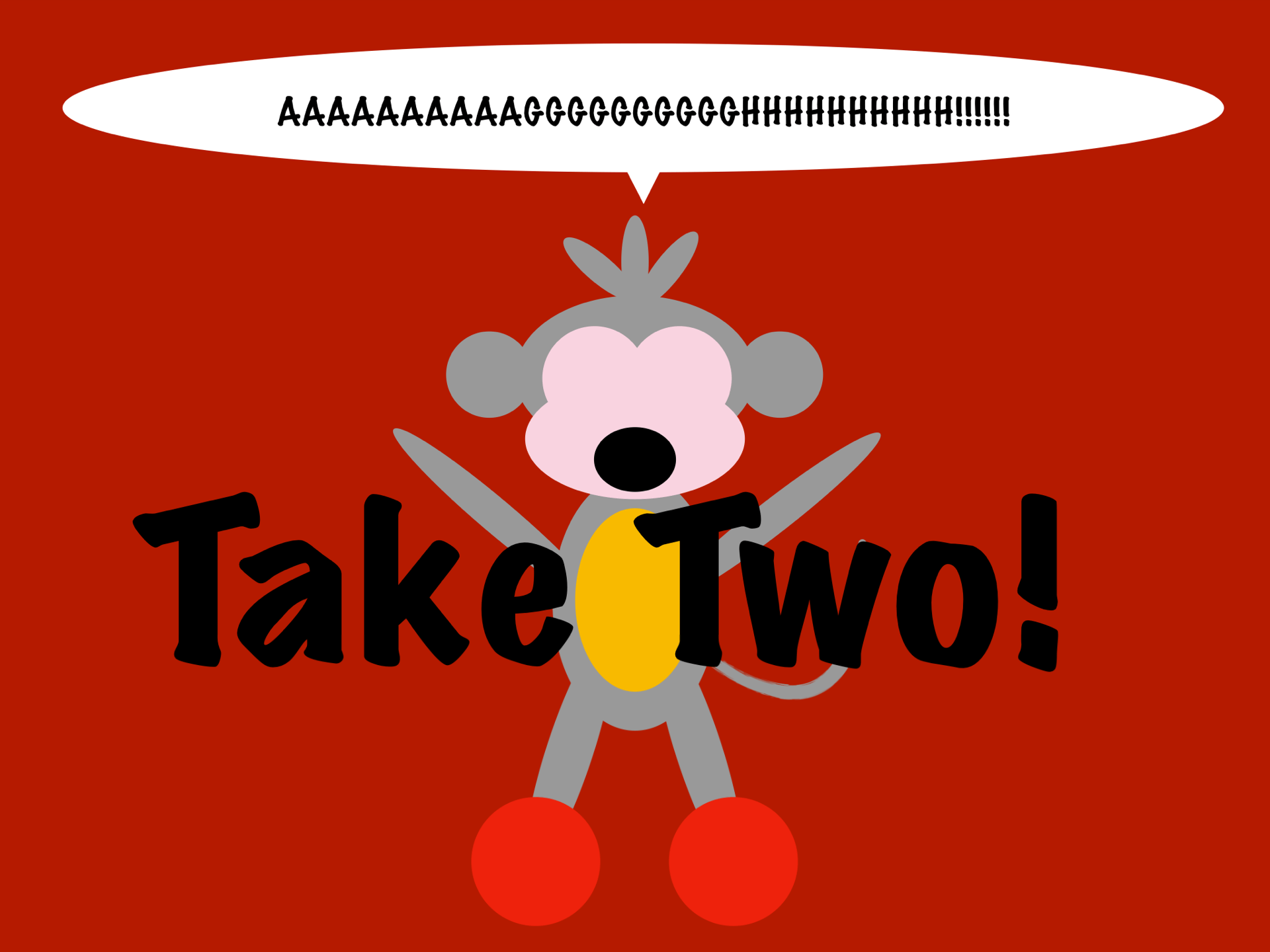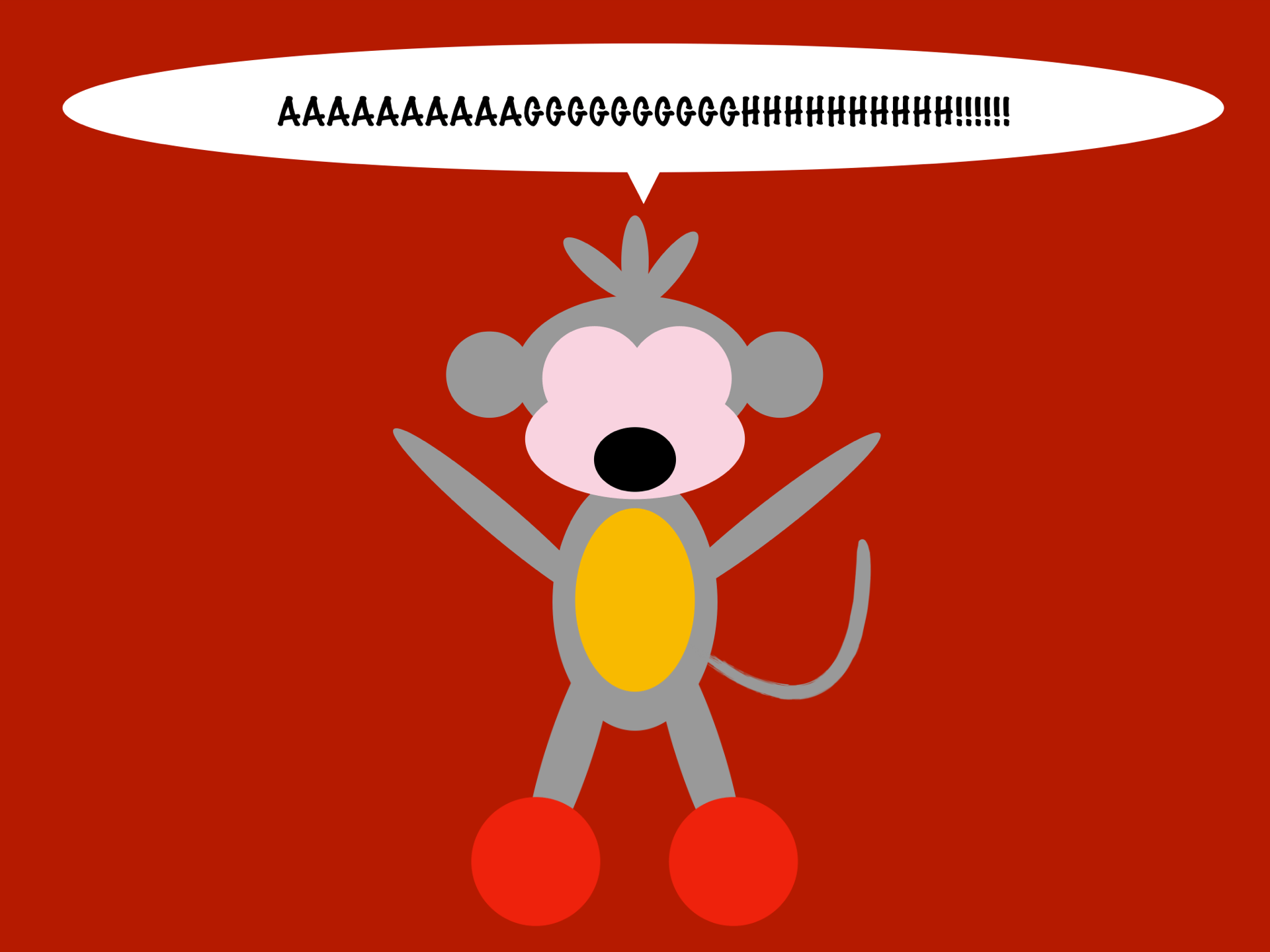This year was the launch for the new PLP course PGP, or personal growth plan. In this course, we learned strategies to help us with our other classes, and over all. This was a very interesting project, and I am taking a lot away from it.
In the course, we had three main topics, though all are very linked. They were as follows.
PRODUCTIVITY
GOAL SETTING
7 HABITS
So, as most of my posts do, I’ll explain each area and what I took away from it. But first, I want to talk to the reader specifically. Our final project for this was the time machine project, where we were to create an artifact that if we sent to ourselves at the beginning of this year, we would have been more successful. I made a puppet show!
I decided to make a puppet show because I like seeing, and I thought it would be a fun way to represent my learning! This was a bit difficult, making all the little props and things. It definitely took a while to sew all the puppets, make all the props, and set up the scene.
I think this final project was really cool. It made you take a look at everything we’ve learned over the last year, and choose what really helped you. I know I’ve always had a hard time organizing my time, and having these visual things really helped me this year. We also had a lot of creative freedom when deciding what to have as our artifact, which was really nice. Sometimes having to much creative freedom in a project is bad, but I think this was a project it worked really well for. I’m excited to see what other people are doing for theirs!
If I were to do this project again, or any other project involving puppets, I would create a more interesting set. I also did have a bit of a hard time filming the puppets while moving them with both my hands and not having them come into frame. I do believe you can see my hand at one point. Overall, I am pretty proud of this!
In the video, I touched on each of the three sections, but I only represented some of each of them. Remember the three titles? Well, now I’m going to walk you through all of them!
PRODUCTIVITY
This was the topic most represented in my time machine project. Productivity is really important for high schoolers, because we have so much going on. There were kinda two main points about productivity that we learned about.
Time Blocking
 Time blocking, which I kinda explained in my time machine project, has really helped me this year. Time blocking is a really cool feature of pretty much any calendar app. You can make events for anything, really. I have all my classes time blocked, my sports games, any homework I have to do, work, holidays, it’s really everything. I even time blocked time to do this blog Post! I really find it helpful to find time to work on projects. If I have something due in two weeks, I can look ahead in my time blocked calendar to see when I’ll have time to do it. Time blocking is one of my favourite things to do now, because now time isn’t just this concept in my head. It’s an actual, semi physical thing that I can add things to. Speaking of things…
Time blocking, which I kinda explained in my time machine project, has really helped me this year. Time blocking is a really cool feature of pretty much any calendar app. You can make events for anything, really. I have all my classes time blocked, my sports games, any homework I have to do, work, holidays, it’s really everything. I even time blocked time to do this blog Post! I really find it helpful to find time to work on projects. If I have something due in two weeks, I can look ahead in my time blocked calendar to see when I’ll have time to do it. Time blocking is one of my favourite things to do now, because now time isn’t just this concept in my head. It’s an actual, semi physical thing that I can add things to. Speaking of things…
Things
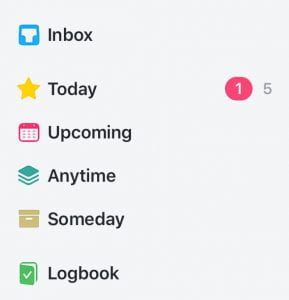 Things is an app. It is an amazing app. It’s kinda like reminders, but way better. You make to do’s, about projects or whatever. You can even have project folders that can organize all the work for one project in one place. I have all my subjects as folders, and if there is a humanities project we’re working on, I can make a section in the folder about that project.
Things is an app. It is an amazing app. It’s kinda like reminders, but way better. You make to do’s, about projects or whatever. You can even have project folders that can organize all the work for one project in one place. I have all my subjects as folders, and if there is a humanities project we’re working on, I can make a section in the folder about that project.
The app works very well in tandem with time blocking. If you have something that you want to complete during a time blocked section, you can set it as a task in things, or vice versa! Say you set a reminder that in two days you need to finish an assignment. When setting up your time blocking, you can check things to see what you have to do and by when. Using Things and Calendars together has really helped me stay on top of everything!
Oh, I almost forgot about the other part of productivity, the Weekly Review.
The weekly review is something you do, well every week. First, you clear out all of your inboxes. You make sure you have checked off the tasks you’ve completed in things, check your email, that kind of thing. Then, you look back. In things, you can see everything that you have completed. You can also look back at your time blocking to see what you did. This also involves keeping a journal type of thing, where you document all of this. Next, you look ahead. Check your things, time block for next week, and see what you are looking forwards to.
I didn’t really find the weekly review that helpful. I understand the purpose, and I did try it for a while, but I always found myself dreading it. I kinda just time blocked when I was bored, or finished my work. I also kept time blocking the weekly review for Sunday’s, and I work Sunday’s, so it never worked out that great.
The next two sections went along with books, which was interesting. I have never really read self help books before, and I don’t think it’s something I would want to do again. They really made me look at myself with a new perspective, but two is enough.
GOAL SETTING
The book we read was called What Do You Really Want? How to Set a Goal and Go for It! by Beverly K. Bachel. In the book, we learned about ourselves, and like it says, what we really want. Each part of the book would teach you about something, and then it would have a worksheet thing for you to fill out. I thought this was cool, because you had to really think about what you had read, and yourself, to fill out the worksheets well. It wasn’t only worksheets though.
The coolest part of the book was when we had to create the dream board. The dream board shows you, your goals, your passions, all that stuff. It was really cool to see this physical manifestation of myself. I had to actually think about myself, my passions, and my future. It was a fun time.
The goal setting skills really fit in with the productivity part of PGP, specifically Things. There are sections of Things where your can put to do’s in Someday. This can help you organize your goals, and having these in Things can encourage you to work towards them. If the first step of your goal is to read a book, then put it in Things. You can even time block time to work towards the goal!
Goal setting is really cool, I think. All these tips I learned in the book can make me reflect on my goals, and make sure they are achievable. One of my goals is to go to Post Secondary, and I can start working towards that now. Knowing my goals can help me make sure I do everything to achieve my goal. For this specific goal, I know I will have to research what courses I need to get into university, and plan my courses accordingly. I will also have to get good grades, which I can work towards everyday. Goals are very important if you want to be productive. Hey, they really are connected!
7 HABITS
The other book we read was 7 Habits of Highly Effective Teens by Sean Covey. This was a very interesting book. I don’t know what else to say about it. Again, you had to look very inward, but I thought it was a bit strange. It was formatted strange, switching between stories about people, the knowledge part, quotes, and other stuff. I may just think this because the book ended up being weird in Books, but it was very, interesting.
The seven habits were very helpful, though. The were as follows.
- Be Proactive
- Begin with the End in Mind
- Put First Things First
- Think Win-Win
- Seek First to Understand, Then to be Understood
- Synergize
- Sharpen the Saw
A lot of these intertwined with the other things we had learned. An example of this was Begin with the End in Mind. This kinda followed up on what we had talked about with regards to goal setting. When you start something, you should know where it’s going. Having the end in mind can help you make sure you stay on track, rather than derailing to something completely different. I have a it of problem with this. Sometimes I have an idea of the end, then my train of thought veers onto another track, gets blocked and has to turn around to find another route, or falls off a cliff to a fiery death.
Another thing that connects these habits to the other parts of PGP is Habit 1, Be Proactive. If you handed in a project late, it’s not because the teacher didn’t give you enough time. You can’t blame other people. There are 24 hours in a day, you just didn’t prioritize the project. The time quadrants from Habit 3 fit into this also. If you spend all your time in quadrant 3, quadrant 4, or even quadrant 2, you obviously aren’t going do fantastically. You do have to find a balance, like it says in Sharpen the Saw. Everything in life is about balance. Time block some relaxation, to make sure you can decompress. Add it to Things. It never good to overwork yourself.
Overall, this PGP course was really helpful. With all of these tools in my toolkit, I’ve been able to really stay on top of everything this year. Staying on top of everything has really helped my mental health this year. Last year at this time, I was not doing great. Now, I know how to cope with tons of work! If I were to go back and do this again, I think I would’ve made more notes within the books for me to reflect back on. I know the gist of each of the books, but having the overviews in note form within the book would’ve helped me understand what I was learning a bit more. Also, having these would be helpful if I wanted to remember the main ideas without rereading the book!









